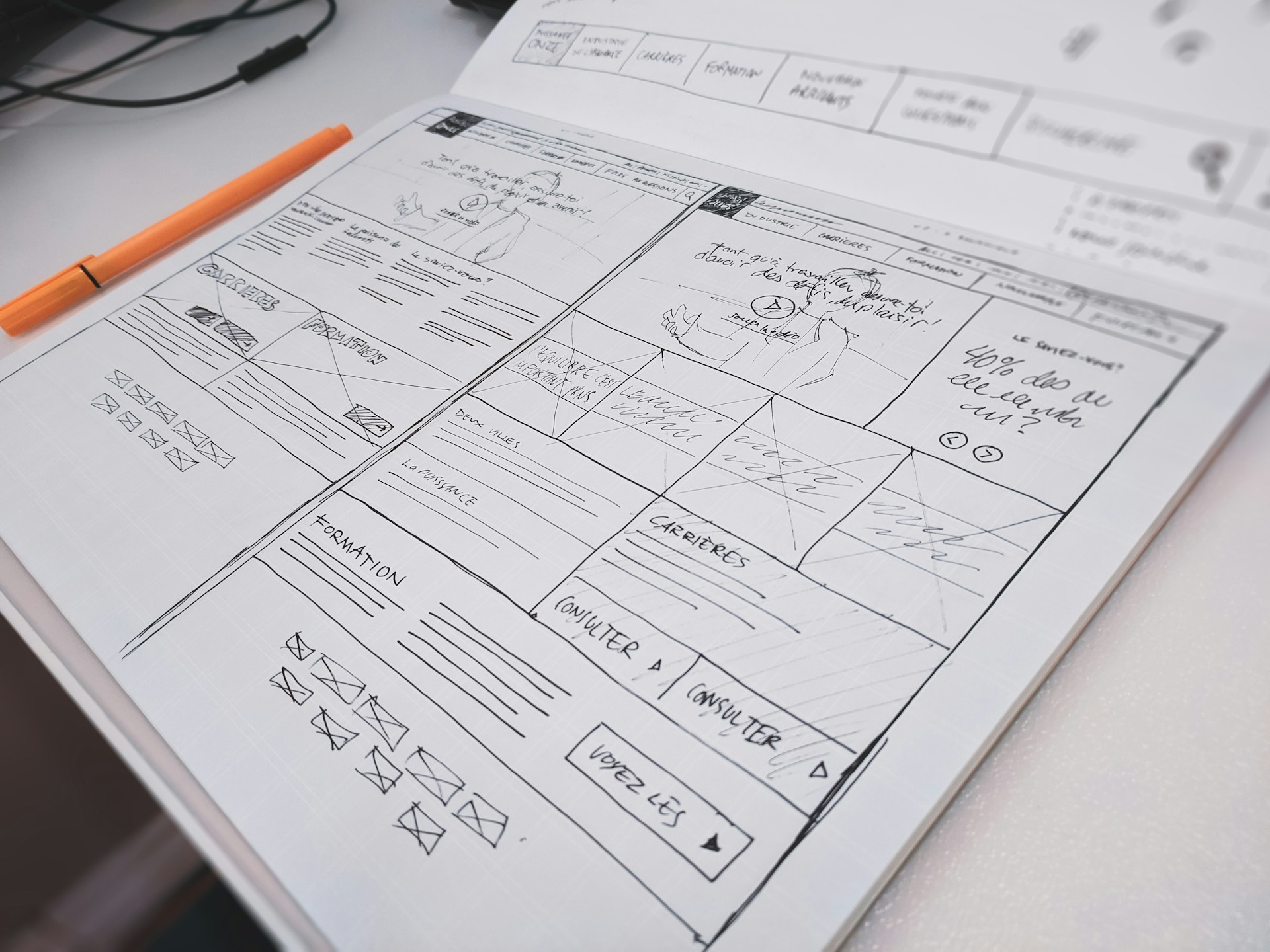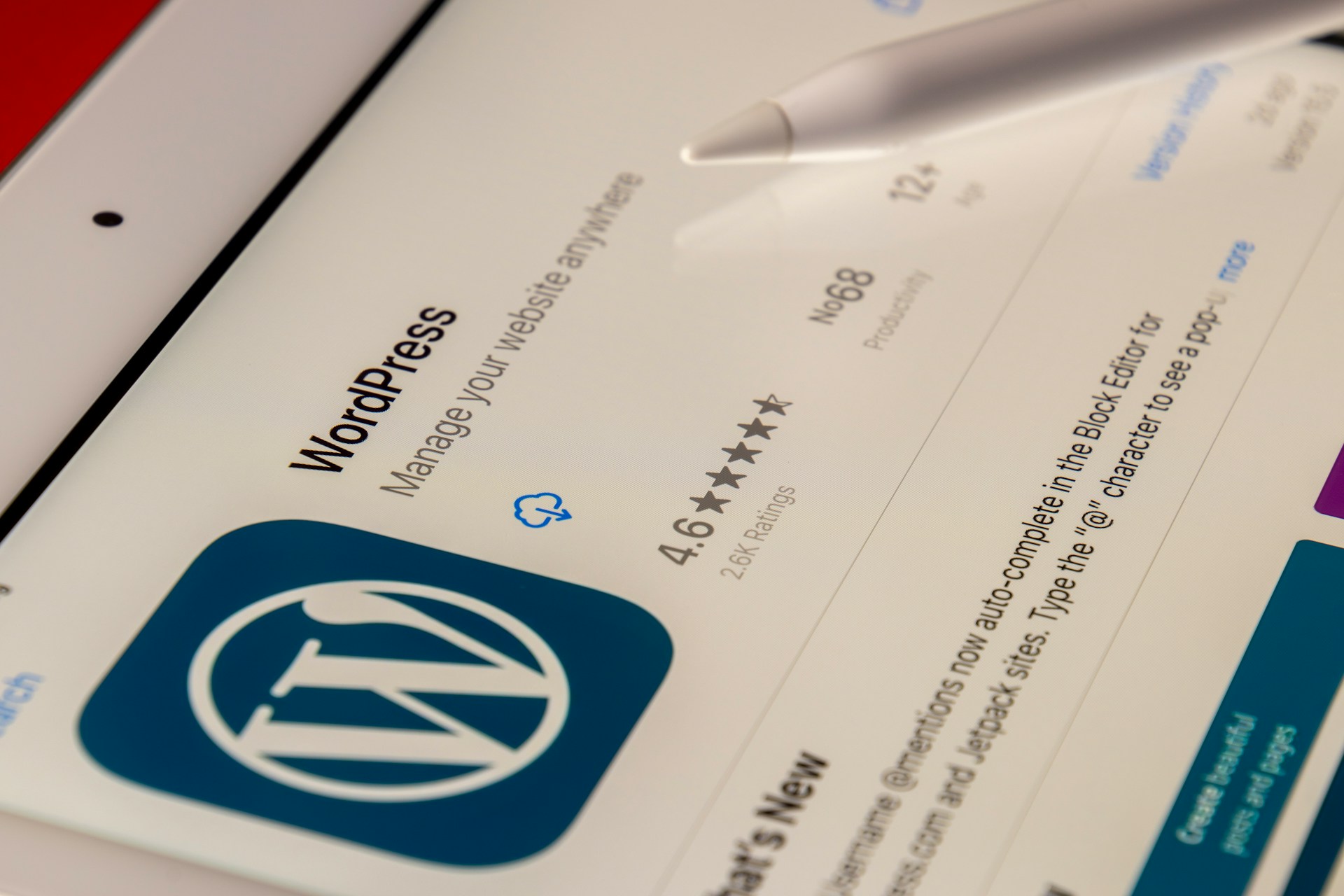Which Framework is best for Design and Experience?
A framework is a development practice that helps with innovation and learning. It is a set of techniques that has problem-solving abilities, and these tools or techniques provide an idea to design specific elements according to one’s choice. It can also be defined as a simple diagram that defines one’s project completely.
Quick Links
Any process, whether it be a simple marketing campaign or the development of high-tech programs, structured work ensures greater efficiency. Similarly, the product can be anything of your choice but following a certain framework ends up with a greater design and experience. This is how framework comes in handy.
Modern tech brands like Apple and Samsung have launched many a framework for design and experience.
Need for a Framework
Why do we need a framework for design and experience? The answer is fairly simple. Unstructured design projects can result in total disasters. The design and development procedure in itself is quite tough and challenging. The team working on it needs a definite structure to produce, define and test new ideas.
When they create a framework, they have a clearer view of the problems faced by the idea/project/design and it becomes easier to move forward towards the fixation of the highlighted problem, increasing the success rate of the design and experience.
A framework gives a set of ideas or ground facts about a project and are a backbone of the innovative process. It is beneficial for both the designer and the consumer because it solves problems for real people and provides commercial benefits as well.
A framework is built by collecting raw data via research. When you start building a framework around a problem, you interview people, asking them about their thoughts and experiences which helps in giving you a better understanding of how to go about the framework, building ideas based on the current flow of ideas among the common populace. Research is a very important step towards detecting and fixing problems occurring in your project and creating a satisfactory and modern design. It is not only used in the tech world but the retail world, too.
UX Frameworks
User Experience (UX) is the interaction and experience consumers have with a company’s product or services. UX frameworks are structured development platforms that set the basics for developing front-end software. UX works with the interaction of humans with other humans or the interaction of humans with smart machines. UX framework is divided into different disciplines that create easy design development. Some of those disciplines are persuasion, behavior, visual design, usability, interaction, and content.
There are so many UX frameworks introduced for design and experience that can get you started with your very own framework. Some of them are discussed here in this article.
Double Diamond
Double Diamond widens the problem exploration and helps in achieving innovation. It was proposed in 1996 by Bela H. but popularized by the British Design Council in 2005 to encourage designers to use Double Diamond to build frameworks and tackle problems.
Just as the name suggests, the framework consists of two diamonds, with a different set of principles on each one. The four stages of this framework are Discover, Define, Develop, and Deliver. The framework suggests an order in which a design should be made, which is by discovering the user experiences, defining the issues to get rid of, developing innovative and favorable designs, and then finally delivering the successful results to the users.
Design Thinking
This UX framework has five phases. They are Empathize, Define, Ideate, Prototype, and Test. It enables quick solutions to problems by going through these five phases or a set of principles. This framework was proposed by Herbert Simon in the late 60s.
This framework is popular among tech companies like Google, Apple, and Samsung to meet specific user needs. It does not have an order and therefore is called a non-linear framework. Design Thinking is a framework that produces innovative results no matter which phase you tackle first.
Hook Model
Hook Model is a UX framework that is designed for long-term behavior. It develops habit-forming products. The specialty of this model of the framework is that it was produced by a consumer psychologist, Nir Eyal, who was qualified to understand the psychological behavior of a human as a consumer.
The Hook Model changed the world of UX framework into a more ethical and useful way for people. If we are looking to create or break habits, the hook model is an effective framework for behavioral change. The ultimate goal of this model is to create a habit-forming tech. By forming a habit or behavioral change in the consumer, prolonged use of a product can be ensured.
The four important phases of the Hook Model are Trigger, Action, Variable Reward, and Investment. When users will go through the above-mentioned phases, they will form a habit associated with the designed product hence increasing customer lifetime value (CLV). These consumers will feel a kind of relief when getting related to the product.
Other Popular Frameworks
- Lean UX
- Principles
- Google Ventures Design Sprints
- How Might We
- Hypotheses
All these frameworks mentioned above are used for tech innovation or product designing.
Conclusion
Customer Engaging Apps have always increased product consumption in today’s marketing landscape. But nowadays, people have more and more expectations towards the digital market than ever before. Therefore, it is probably the best time to prioritize the usage of user experience (UX) design because brands that try to compete on the basis of price and functionality alone can never beat those who utilize UX Frameworks.
User experience (UX) framework is better for design and experience in today’s modern world, and it has been proven time and again. If you maintain your digital presence regarding your brand or business, you should never neglect your website or app’s UX. In the times of human-computer interaction, UX is the simplest way to enhance your designs based on your customers’ experience, hence resulting in a success unrivaled by the traditional methods of designing.
Why is Personalisation the Future of Web Development Services?
At present, custom web development is essential to ensure the success of a business concern. A…
0 Comments9 Minutes
Top Reasons to Hire WordPress Developers for Custom Website Solutions
Today, no business can possibly thrive in the digital realm without a strong online presence. An…
0 Comments13 Minutes
Why Link Building Remains a Key Pillar of Successful SEO
Why do some websites always pop up first on Google while others seem impossible to find? The…
0 Comments6 Minutes
Essential Features to Look for in an Enterprise AI Chatbot Platform
A prime of modern businesses and organizations in the rapidly growing digital environment is to…
0 Comments6 Minutes
Why Influencer Marketing is the Secret Weapon Your Brand Needs Right Now
Developing a solid relationship with your audience is more crucial than ever in the modern digital…
0 Comments7 Minutes
Keyword research tools for eCommerce to drive conversions
Why do some online stores seem to effortlessly attract customers while others struggle to get…
0 Comments13 Minutes
Key Trends in Local SEO: What Businesses Need to Focus on in 2025
What if your website gets lost in the digital noise? What if it fails to reach your target…
0 Comments9 Minutes
How a Restaurant Marketing Agency Can Transform Your Business
Food is the most important thing that helps a restaurant build its reputation. Apart from food, a…
0 Comments6 Minutes








